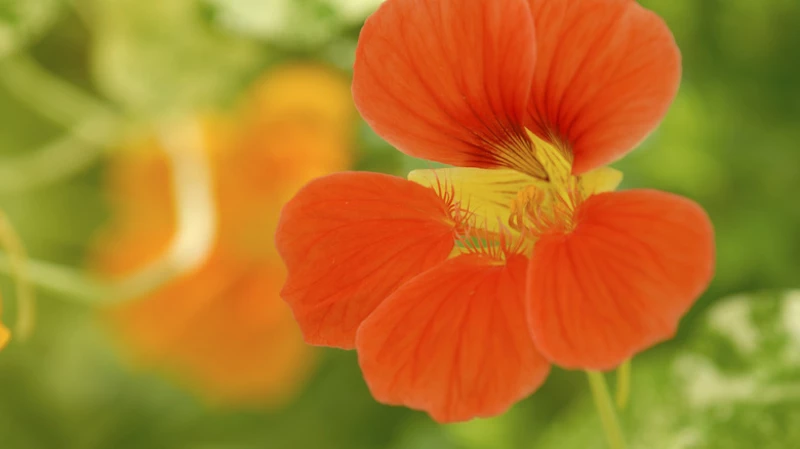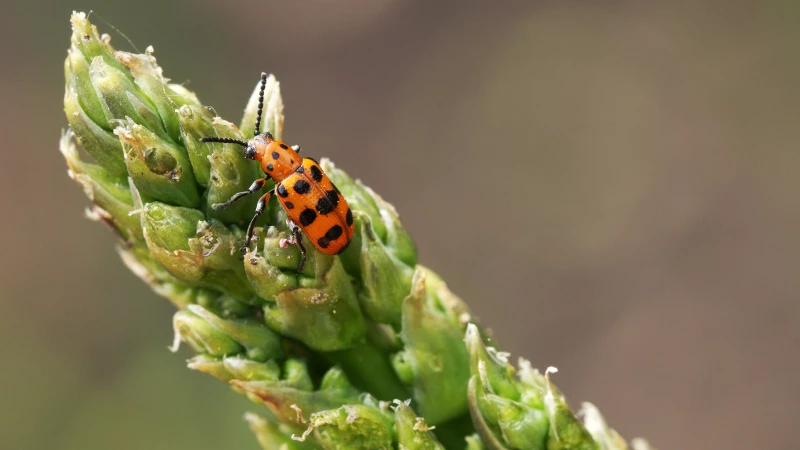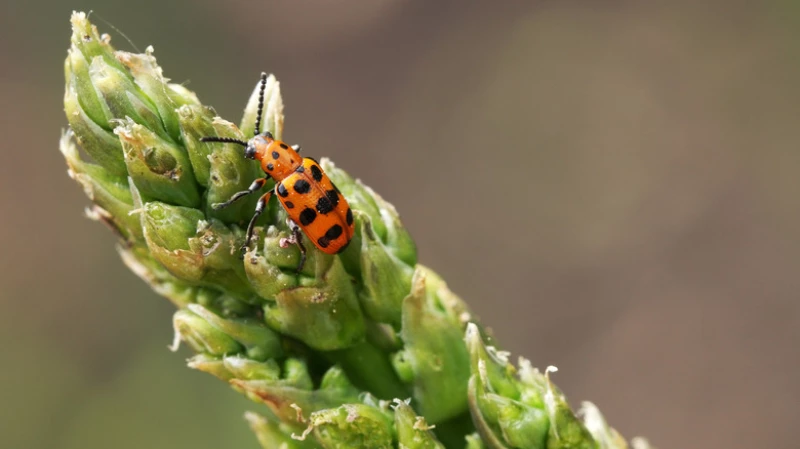If you're currently growing and nurturing an asparagus garden or planning to start one, the thought of lush, healthy vegetables might be at the forefront of your mind. Along with the excitement comes the concern of pests. Cutworms, aphids, and asparagus beetles target asparagus plants. Asparagus beetles chew on spears and foliage, causing browning and defoliation. Aphids suck sap, leading to weakened plants and distorted growth. Cutworms, meanwhile, cut down young asparagus shoots at the base, hindering plant development. Fortunately, there's a natural, effective solution to this problem: nasturtiums. Nasturtiums (Tropaeolum) originate from South and Central America. The scientific name, derived from the Latin word "tropaeum," reflects their unique foliage. They benefit asparagus in many ways. They act as excellent companion plants, supporting the growth and health of your asparagus.
Exploring the Wonders of Nasturtiums: Origins, Appearance, and Varieties
Nasturtiums are more than just effective pest deterrents. They also attract beneficial insects, particularly pollinators, which play a vital role in maintaining a healthy and flourishing garden. Moreover, their vibrant flowers can add a pop of color to your garden, complementing the green foliage of your asparagus fronds. With their trailing habit, they are perfect for creating a cascading effect in hanging baskets or covering the ground in garden beds. Growing nasturtiums is a simple and gratifying task. These plants are resilient and can thrive in various soil conditions, making them an excellent choice for gardeners of all skill levels. Even in less fertile soil with a mildly acidic pH, they can still flourish.
Cultivating Nasturtiums: Soil, Water, and Sunlight Requirements

When using nasturtiums as a companion plant or trap crop, the trick is to get them in the ground before your asparagus starts sprouting. This way, they'll be all set up to do their job right when needed. There are a few ways to go about this. One method is to plant nasturtiums around the edges of your garden. Think of it as setting up a colorful little fence that pests find irresistible while keeping them away from your main crops like asparagus. Alternatively, you could mix things up a bit with alternating rows. This way, the nasturtiums are spread out, protecting more of your garden. This method is called intercropping and offers a more integrated approach to pest management. It also allows for easier access to both crops during the maintenance and harvesting phases.
Try a More Natural Look in Your Garden with Nasturtiums
If you're looking to add a touch of adventure to your garden, consider scattering nasturtiums randomly. This less structured approach creates a more natural look and can be just as effective. To maintain control, it may be necessary to plant nasturtiums every 2-3 weeks. Fortunately, planting is a breeze. Simply place the nasturtium seeds directly into the soil, about half an inch deep, and leave approximately 12 inches of space between each seed. Nasturtiums are low-maintenance plants, making them a great choice for both gardening beginners and experienced enthusiasts.








